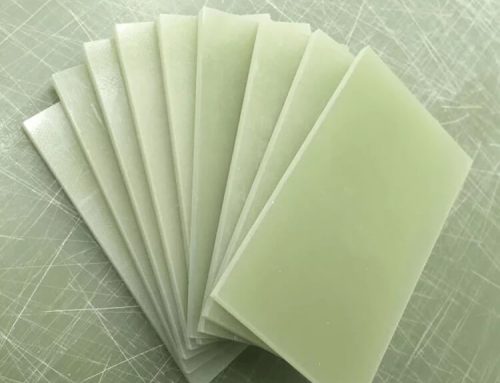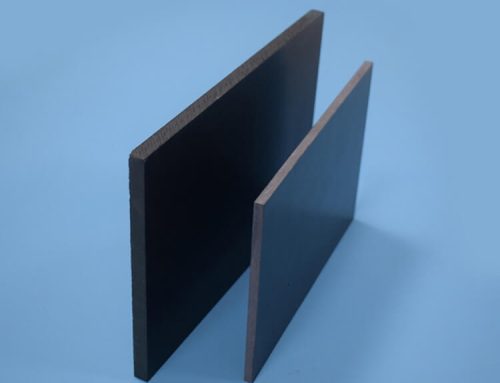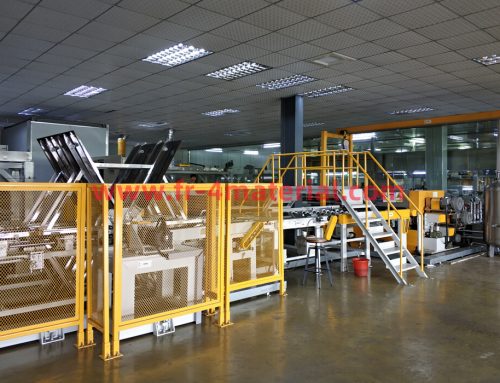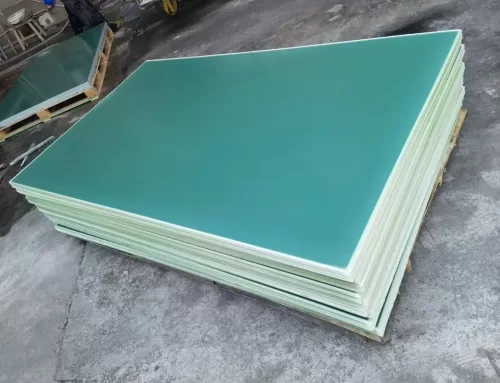Customers who use liquid bisphenol A epoxy resin often encounter the phenomenon of epoxy resin crystallization, especially when the temperature is low in autumn and winter. So why does liquid bisphenol A epoxy resin crystallize? What is the solution? Below we will analyze it in detail.
- What is Crystallization?
Under normal circumstances, bisphenol A liquid epoxy resin is a colorless and transparent liquid state and can flow. When there is a dull color, free-floating crystals, clumps of crystals, or hard lumps like solidification, we call it crystallization. In the initial stage of the transparent liquid resin, crystalline particles generally appear at the bottom of the container. Over time, these crystalline particles with a sand-like crystal structure gradually increase and aggregate together until they are completely hardened. These crystal structures are reversible and can be restored to a liquid state under certain temperature conditions without affecting product performance.
- Why does crystallization occur?
The reasons for the crystallization of epoxy resins are very complicated. We mainly summarize a few:
1.High purity: We all know that crystals are all high purity, and the same is true for epoxy resins. The higher the purity, the narrower the molecular distribution, and the easier it is to crystallize.
2.Low viscosity: the lower the viscosity, the faster the crystallization speed.
3.Impurities: Solid impurities are usually the seeds of crystal growth, and the addition of some precipitating pigments and fillers can easily lead to crystallization. In comparison, larger particle size and higher addition amount are less likely to induce crystallization
4.Temperature: Such a narrow temperature change cycle of 20-30°C is a common cause of crystallization, and day and night temperature fluctuations will initiate or accelerate the crystallization rate. In addition, ultra-low temperature (below 5°C) will accelerate crystallization.
5.Moisture: The higher the moisture content, the easier it is to crystallize.
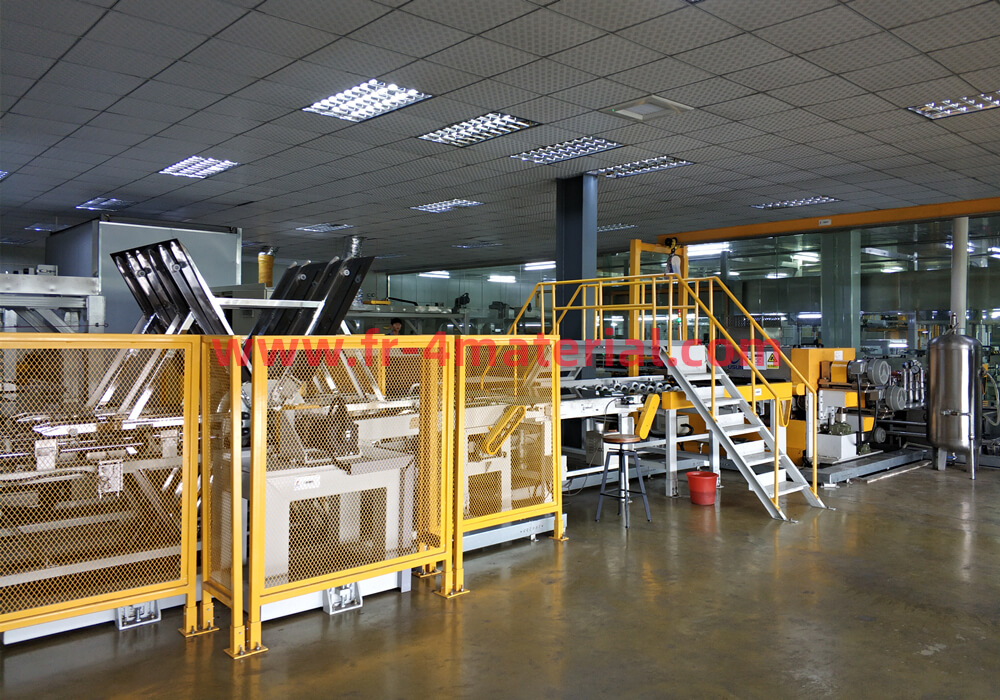
- How to avoid crystallization?
1.Reduce the purity of bisphenol A epoxy resin, such as adding other types of epoxy resin.
2.Use epoxy resins with low crystallization tendency or non-crystalline (such as NPEL128R, 128S).
3. Storage conditions: The storage temperature is higher than 40℃ to prevent crystallization. Usually higher than 25°C, the risk of crystallization can be reduced, but excessive temperature fluctuations should be avoided. Once crystallization occurs, the epoxy can be re-thawed by holding it at 50°C for several hours. The melted liquid epoxy resin can still be used, but it is not suitable for heat treatment if the curing agent has been added. For the humidity requirements, the relative humidity is generally required to be below 50%, and the tightness of the packaging must be strictly required to avoid crystallization caused by water absorption.
We are a factory integrating R&D, production and sales of insulation boards, contact our engineer infocorefrp@gmail.com to learn more about insulation boards and get free epoxy board samples.

